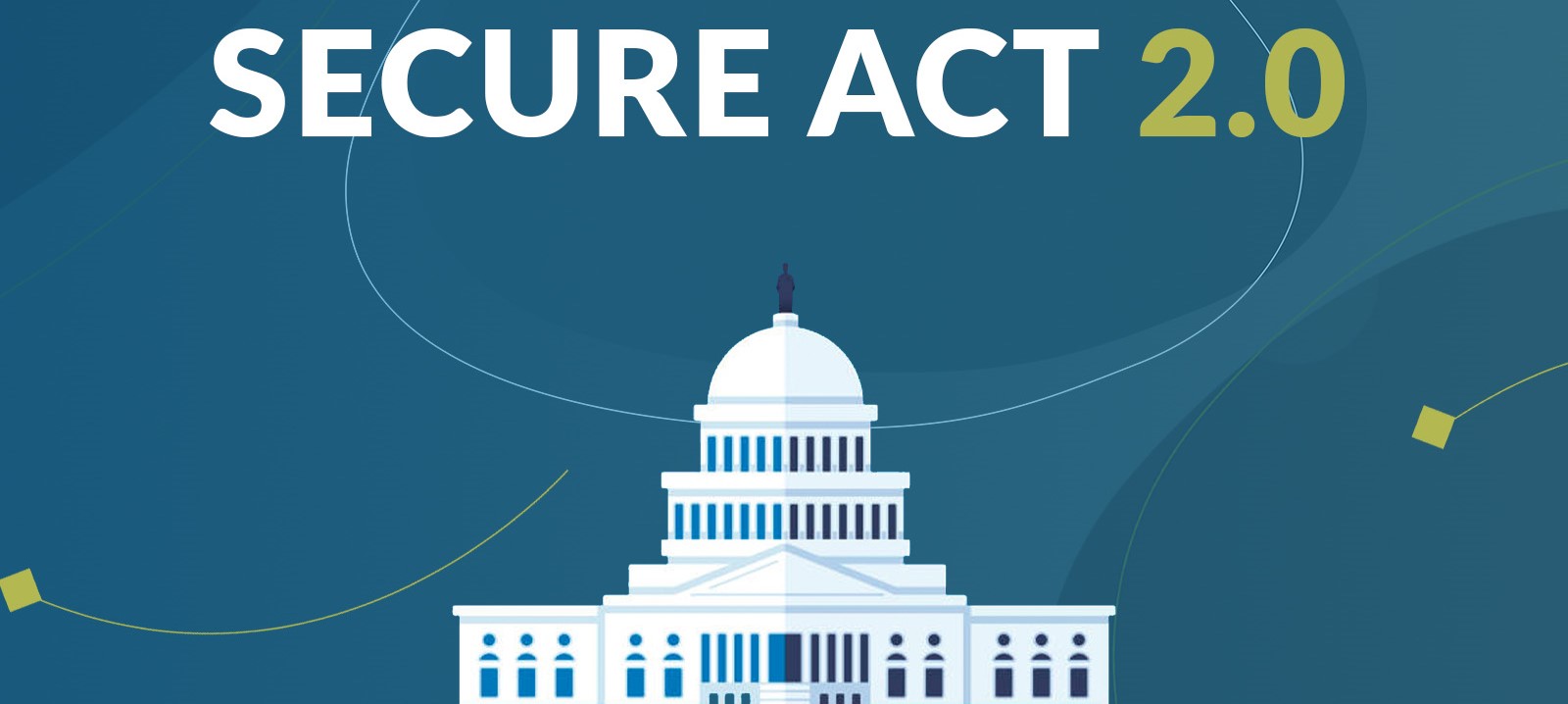The IRS has announced the retirement contribution limits for 2023. Since many of these limits are tied to inflation, some had a big jump.
IRA and Roth IRA Contributions
For the first time since 2019, the annual limit for annual traditional and Roth IRA contributions increased. In 2023, the retirement contribution limit will jump to $6,500. However, this is a combined limit for traditional and Roth IRA contributions; you can’t make $6,500 of each kind of contribution. If your compensation is lower than the $6,500 limit, you can’t contribute more than the amount of your compensation. Additionally, there’s an exception that allows a married person with little or no income to make a spousal contribution. The contribution is based on the spouse’s compensation. In addition, Roth IRA contributions are subject to income limits.
Catch-up IRA contributions are available for any year that you’re age 50 or older at the end of the year. The age-50 catch-up limit for traditional or Roth IRA contributions isn’t tied to inflation, so it remains $1,000 for 2023.
Roth IRA Compensation Limits
Your modified adjusted gross income (MAGI) must be below a certain amount for you to make a direct Roth IRA contribution. For 2023, if you are married and file jointly, you can make a total Roth contribution if your combined MAGI is less than $218,000, a partial Roth contribution if your joint MAGI is between $218,000 and $228,000, and no Roth contribution if your combined MAGI is above $228,000. The 2023 phase-out for single filers is $138,000 – $153,000.
Even if your MAGI is too high for a Roth IRA contribution, you can still potentially make an indirect contribution using the Backdoor Roth.
SEP and SIMPLE IRA Contributions
The 2023 retirement contribution limit for annual SEP (employer only; SEPs don’t allow employee deferrals) is 25% of up to $330,000 but no more than $66,000. If you’re self-employed and your business is unincorporated, your 2023 limit is 20% of adjusted net earnings, but no more than $66,000. The deferral limit for SIMPLE IRA employee deferrals jumped from $14,000 to $15,500 for 2023. Also, the age-50 catch-up maximum went up to $3,500, for 2023, from $3,000.
Workplace Savings Plans
There was a significant increase in the 2023 employee deferral limit for 401(k), 403(b), and 457(b) plans. The employee deferral limit jumped from $20,500 to $22,500. The age-50 catch-up limit jumped from $6,500 to $7,500. So, if you’re 50 or older by December 31, 2023, you can put away as much as $30,000 next year. Remember, this limit considers the total pre-tax and Roth contributions you make to ALL your plans in one calendar year.
There’s also a separate plan limit that regulates the amount of most contributions (made by both the employee and the employer) to ANY single plan in any year. The 2023 overall limit is $66,000, or $73,500 if you make age-50 catch-up contributions. That is up from $61,000/$67,500 for 2022.
By Ian Berger, JD
IRA Analyst











